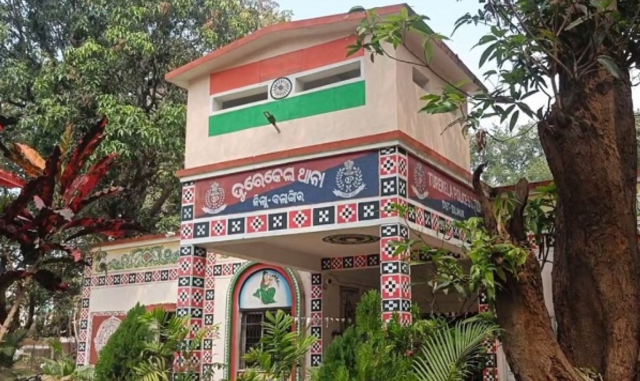Nandankanan Zoological Park in Bhubaneswar celebrated a significant milestone in reptile conservation with the birth of seven yellow anaconda hatchlings in its reptile park.
This event has increased the zoo’s yellow anaconda population to 14, marking a notable achievement in preserving this remarkable species.
The parent anacondas were brought from the Madras Crocodile Bank Trust in Chennai on October 22, 2019, and the last birth occurred in July 2022, making this a highly anticipated event.
Yellow anacondas, known for their solitary nature and ability to thrive in both aquatic and semi-aquatic environments, are viviparous, meaning they give birth to live young rather than laying eggs. The hatchlings develop inside the mother, nourished through a placenta-like structure, a trait shared with other boa species. This reproductive strategy, known as viviparity, is observed in approximately 30% of snake species, including vipers, rattlesnakes, and some sea snakes. The birth of these seven hatchlings underscores the zoo’s dedication to fostering endangered species and enhancing biodiversity.
These carnivorous reptiles primarily feed on aquatic and semi-aquatic prey, including small mammals, birds, reptiles, amphibians, fish, and eggs. Larger anacondas are capable of preying on bigger animals like brocket deer and capybaras. In the wild, yellow anacondas live for 15–20 years, but in captivity, with proper care, they can survive up to 23 years or more, with some recorded cases exceeding 30 years and growing up to 20–25 feet in length.
The zoo’s deputy director hailed the birth as a crucial step in Nandankanan’s ongoing efforts to conserve snakes and reptiles.
The success reflects the zoo’s commitment to creating optimal conditions for breeding and nurturing endangered species.
This achievement not only strengthens the zoo’s conservation legacy but also highlights the importance of protecting these unique reptiles for future generations.
































